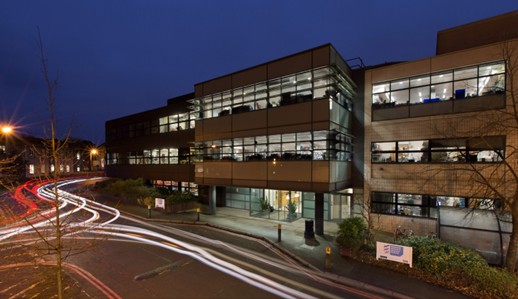My Name’5 Doddie Foundation announced the launch of a multimillion-pound Discovery Network on 31 March to accelerate the search for effective motor neurone disease (MND) treatments. A project led by scientists at the University of Oxford has been awarded £1 million of this budget.
The Network is based on the principles of collaboration and “open science” inspired by the Michael J. Fox Foundation’s success in accelerating Parkinson’s research through the ASAP initiative and similar approaches to bipolar disorder in BD2. It encompasses projects that focus on identifying therapeutic targets and disease mechanisms for MND.
Dr Martina Hallegger, lead of the Oxford project, said: “the Discovery Network funding is a game-changer for MND research, enabling us to strengthen collaborations and establish new ones within an open science framework.
“By working closely with teams across the UK and internationally, we can align methodologies, share expertise, and accelerate progress in understanding this devastating disease. This commitment to collaboration ensures that discoveries are more accessible, comparable, and impactful for the entire MND research community.”
The foundation has committed almost £20 million to MND research since its launch in 2017. They are the first to apply this model to motor neurone research in the UK after the late Scotland rugby player and MND campaigner Doddie Weir set up the Foundation.
After being diagnosed with MND in 2017, Weir dedicated his final years to raising awareness and funding for this research. In the UK, MND affects around 5,000 people at any given time and currently has no effective treatment.
The Foundation’s investment includes a total of four £1 million grants for multi-institutional teams of researchers. As well as Oxford, teams from King’s College London, University College London and the University of Edinburgh have been awarded funds. Each project underwent a thorough and rigorous selection process to ensure that funding is channelled into the most promising research.
Two additional projects are expected to join the Network in the next year.


